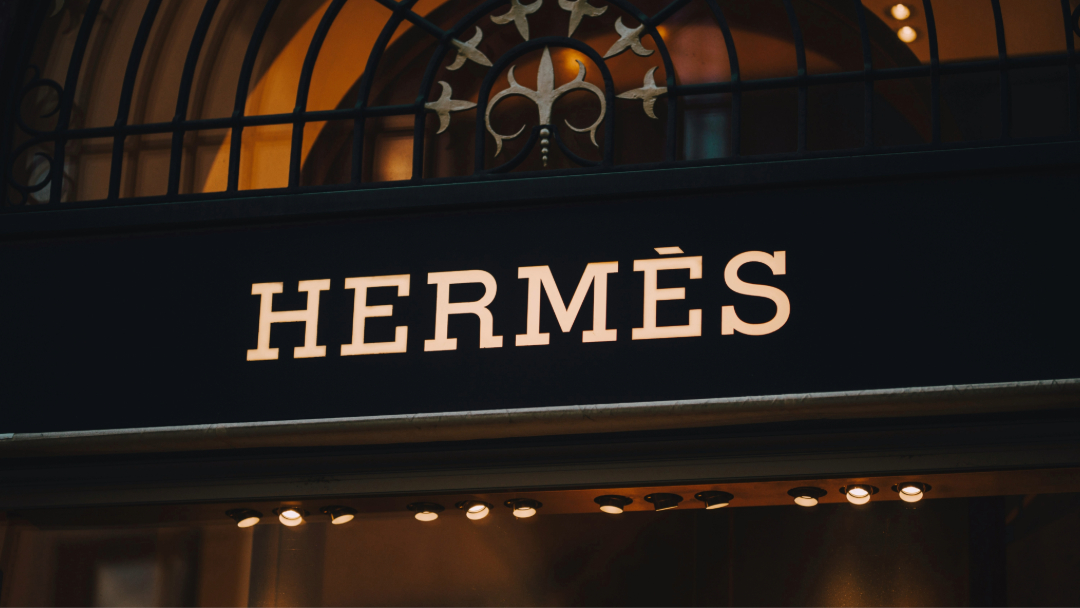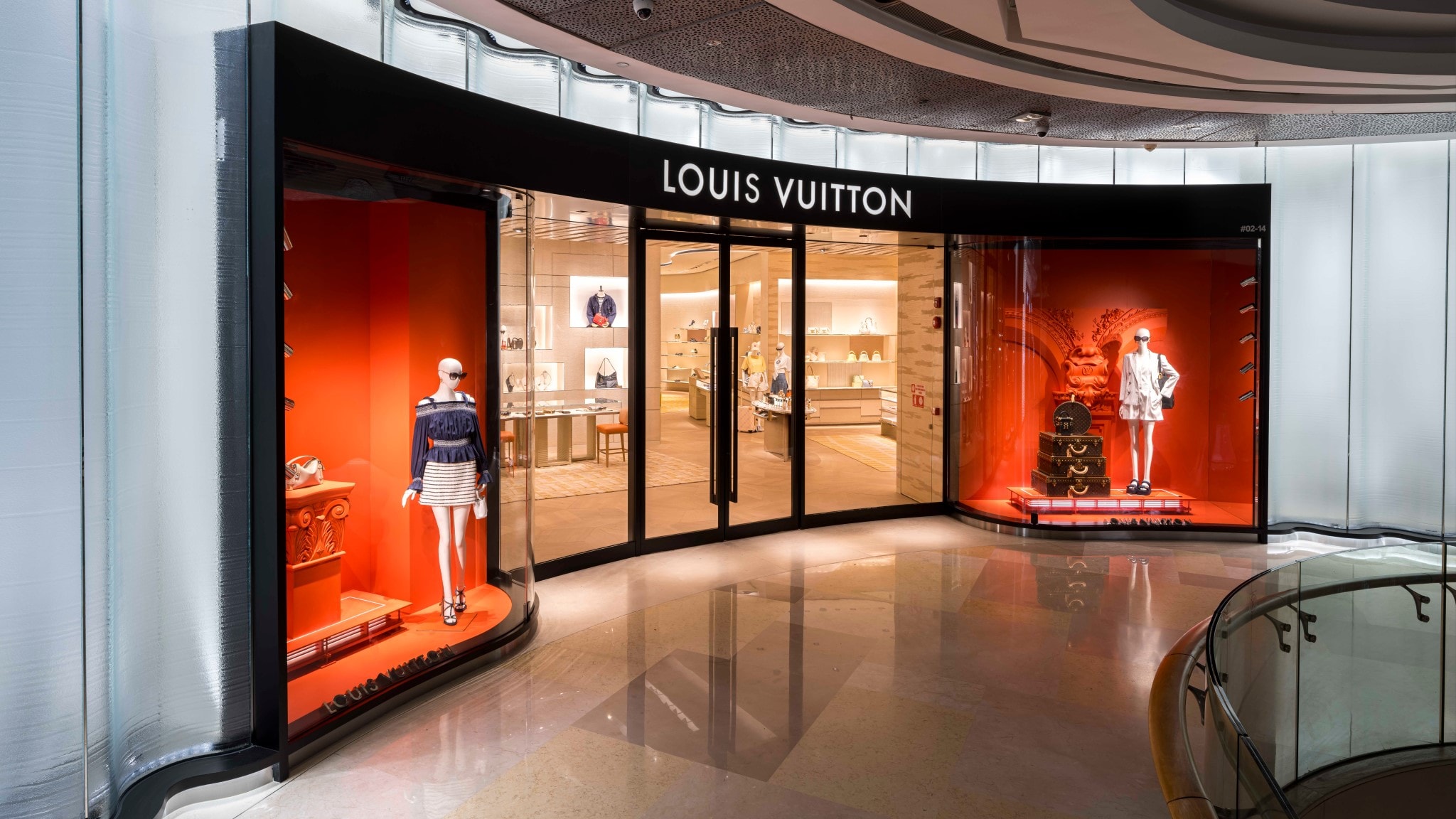A record-breaking US $25.3 billion worth of online sales were generated within 24 hours during the recently concluded Singles Day in China. Does this ring the death knell for shopping malls?

A record-breaking US $25.3 billion worth of online sales were generated within 24 hours during the recently concluded Singles Day in China. Does this ring the death knell for shopping malls?
*This is the first in a series of articles by Anthony (Tony) Lee, the author of China Trend: Stories You Cannot Find in Search Engines. First published in Korea, the tome offers an objective insider’s look into the inner workings of the world’s most populous nation. Previously based in Shanghai for over 16 years, Tony is also the founder of several media, advertising and PR companies in China.
I've lived in Shanghai for the last 16 years but I neither remember the last time I bought brand name products (luxury or otherwise) at the mall, nor have I ever heard my Chinese friends recommend an offline store for whatever reason. It seems like everyone is buying everything online in China these days. Apart from the undisputed convenience online shopping offers, its popularity is further fueled by the myth that buying online is cheaper than in brick-and-mortar stores.
If you visit any of the shopping malls within the big cities in China, you will easily find several floors worth of shops with more store clerks than customers. Now, this is a serious threat to real estate companies who manage these malls. They are now faced with the obvious challenge of differentiating their physical stores from those on the Internet. Of course, then there are those real estate developers who would fail in any country given their poor management skills (with their only contribution being having driven China to becoming a site for more than half the world’s mall construction) – but I won’t address those players here.
That being said, certain types of businesses are doing quite well in malls.
Do you need to know more about localising your brand strategy for the Chinese market?
Restaurants: To the Chinese, “eating out” is one of the most important forms of entertainment. You can even say that entertainment, in the minds of the Chinese, starts and ends with eating. Chinese people in the big cities enjoy going to malls, which offer a wide variety of quality food choices and parking spaces. These restaurant clusters are usually situated in lower floors or the top floor – designed to lure customers to other stores before and after the meal.
Children-related businesses: They’re usually found on the third or fourth floors, comprising of indoor playgrounds, after-school programs (including English classes) as well as stores selling baby products. While the restaurants tend to get crowded only during lunch and dinner hours, these areas are flooded with parents and their kids for entire afternoons. They are also designed to lure the parents to other stores while waiting on their kids.
General merchandise: Think of it as miniature Walmart with a focus on young, single customers. There are everything from lifestyle stores such as MUJI to the Chinese equivalent of the US’s ubiquitous 99 Cents stores, “Yi-Wu-Yi-Shi”. The difference between Yi-Wu-Yi-Shi and the 99 Cents stores in the US is that the former offers well-designed, quality products, often influenced by the “Kawaii culture” of Japan. These stores can usually be found on the same floors as restaurants – a design that addresses the tendency of customers to gravitate towards shops while waiting for their tables at restaurants.
Nail shops: In China, nail shops are perceived as “resting areas for women”. Instead of stopping by a coffee shop and reviewing the items they have purchased (as in the case of Korea or Japan), females tend to prefer more relaxing environments for taking a break with their friends (or on their own).
What then, can traditional brand name stores take away from this?
It’s About The Experience
Malls are becoming more and more experience-oriented. The Chinese don’t visit malls with a shopping list – which means that malls are no longer shopping destinations per se. Instead, mall-goers are looking to eat and enjoy the crowded atmosphere with friends and families more than anything else.
Reaching The Middle-Class
Malls are now more tailored towards the needs and tastes of the young middle-class. Well, they call them the young middle class – I call them the “potential high class”. As it is, China is already a country with the largest middle-class populations. It currently stands at over 200 million, and that number is expected to increase by threefold over the next 13 years. It is easy to predict that the future high-income class will emerge from this very class (unlike the jump from “low to high” class, as was the case for the last 30 years or so).
Going Digital
Just because you’re doing well in the malls doesn’t mean you can neglect the digital world. This is true especially if you’re dealing with young Chinese consumers. All the restaurants you find in malls will have WeChat accounts, offering functions ranging from “take-a-queue-number” systems to menu browsing. Yi-Wu-Yi-Shi has online stores on Tmall, JD and Amazon China as well as its own WeChat-based store. WeChat accounts of nail shops allow clients to make appointments, and discover promotional offers.
Like in any given industry, there are winners and losers in shopping mall business in China. The key to a success as a tenant is to position oneself in a well-managed mall, while creating a space that offers an interesting and memorable offline experience, which in turn is enhanced by digital means.
This article was originally published on Sino Sphere Insight. Republished with permission.









